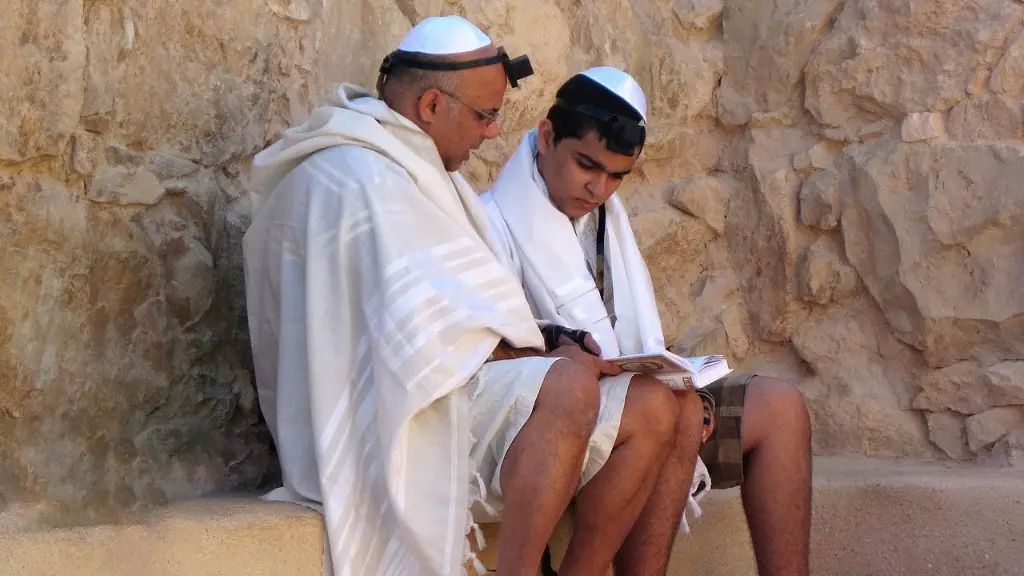Origins
Hinduism is one of the world’s oldest religions with roots that likely stretch back to the ancient Indus Valley civilization. Gotra is a term used in Hinduism to signify a clan or lineage that connects one individual to a male lineage. Historically, gotras were used to identify people with a common ancestor and shared lineage. Typically, an individual would belong to the same gotra as his or her parents and grandparent. These divisions were often marked by caste. It was believed that different gotras had different talents and specific abilities.
Gotra is derived from the Sanskrit word “Gautama,” the name of the sage who is believed to have been the progenitor of a large number of clans. The gotra system is a way to classify individuals based on their shared lineage. By definition, all individuals belonging to a particular gotra must be from the same family line. Over time, marriages within the same gotra became taboo and intermarriages between different gotras became customary.
Structure
A gotra is essentially a classification within a lineage, which is further divided into sub-clans. This structure is matrilineal, which means that individuals belong to their mother’s gotra. In some cases, a female who marries may change her gotra and belong to her husband’s. For example, in the Brahmin community, if a woman marries a man of a different gotra, then she will lose her gotra and take up the gotra of her husband.
Gotras are typically identified with a specific rishi and/or shakha. A rishi is a spiritual teacher or sage who was responsible for establishing the gotra, while a shakha is a branch of a gotra. Each gotra is associated with a specific vedic seer or rishis, and the associated seer is then considered to be the ancestor of all people of that gotra. In some cases, individuals may not be able to trace their ancestry to a specific individual, but they may still be considered to belong to a rishi’s gotra.
Why is it important?
The gotra system is believed to have been used to identify one’s family and lineage. It is the identifying mark of an individual’s caste and can be used to trace ancestry. Initially, gotras were used to identify which individuals could intermarry in order to keep the caste system intact and prevent interbreeding. This was particularly important in the Brahmin class where maintaining purity of the caste was a crucial factor in order to preserve religious practices.
Today, gotra is still used to trace ancestry and is an important cultural marker that identifies an individual’s place in the larger Hindu community. It is widely accepted within Hindu society, and the importance and significance of gotra is widely recognized in the Indian judicial system. It is also an important factor in endogamy, which refers to marrying within one’s own social group.
Current Practices
In modern Hinduism, gotra continues to be an important factor in determining marriage choices and one’s place in the larger Hindu community. Endogamy is still practiced within some Hindu communities and families may even consult astrologers to ensure an individual’s marriage-eligibility based on the couple’s gotras. Today, many Hindu families keep records of their gotra and will ensure that individuals marry within their own gotra if at all possible.
Impact
The practice of gotra has been in existence for centuries and is still an important part of Hindu culture and society. It is a social marker that defines an individual’s place in the larger Hindu community and can also be used to trace ancestry. Gotra can have a significant impact on an individual’s marriage choices and can be a divisive factor within Hindu society.
Facts
Gotra is a system used in Hinduism to identify lineage. The term is derived from the Sanskrit word Gautama, the name of the sage who is believed to have been the progenitor of many clans. Gotras are further divided into sub-clans and individuals are typically identified with a specific shakha. The system is matrilineal, which means that individuals belong to their mother’s gotra.
Today, the practice of gotra is still widely accepted and is an important social marker in Hindu society. It is used to identify one’s family and lineage, and is an important factor in endogamy and determining marriage choices.
Significance
Gotra is a significant cultural marker in Hinduism and has been used for centuries to identify an individual’s lineage and place within the larger Hindu community. Gotra is an important factor in determining marriage choices and is often consulted when looking for potential spouses. It is a crucial part of Hindu society and continues to be an important factor in the Indian identity.
Traditions
Gotra is an ancient tradition that still plays an important role in Hinduism today. It is believed that gotra are associated with particular rishis and/or shakhas, and that these rishis were responsible for establishing the gotra. Over time, restrictions were placed on intermarriage within the same gotras in order to maintain purity of the caste and ensure the religious practices of Hinduism were preserved.
Today, gotra is still an important tradition that is widely accepted and respected within Hindu society. It is still used to trace ancestry and is a significant social marker that identifies one’s place in the Hindu community. Gotra is an important part of endogamy and is often consulted when looking for potential marriage candidates.
Usage
Gotra is widely used in modern Hinduism and is an important part of the Indian identity. It is a social marker that identifies one’s place in the larger Hindu community and can be used to trace ancestry. Gotra is an important factor in endogamy and is often consulted when looking for potential marriage candidates.
Gotra is still used by many Hindu families to identify caste and lineage and can be a powerful tool for tracing ancestry. The practice of gotra is widely accepted within Hinduism, and is an important part of the Indian identity.
